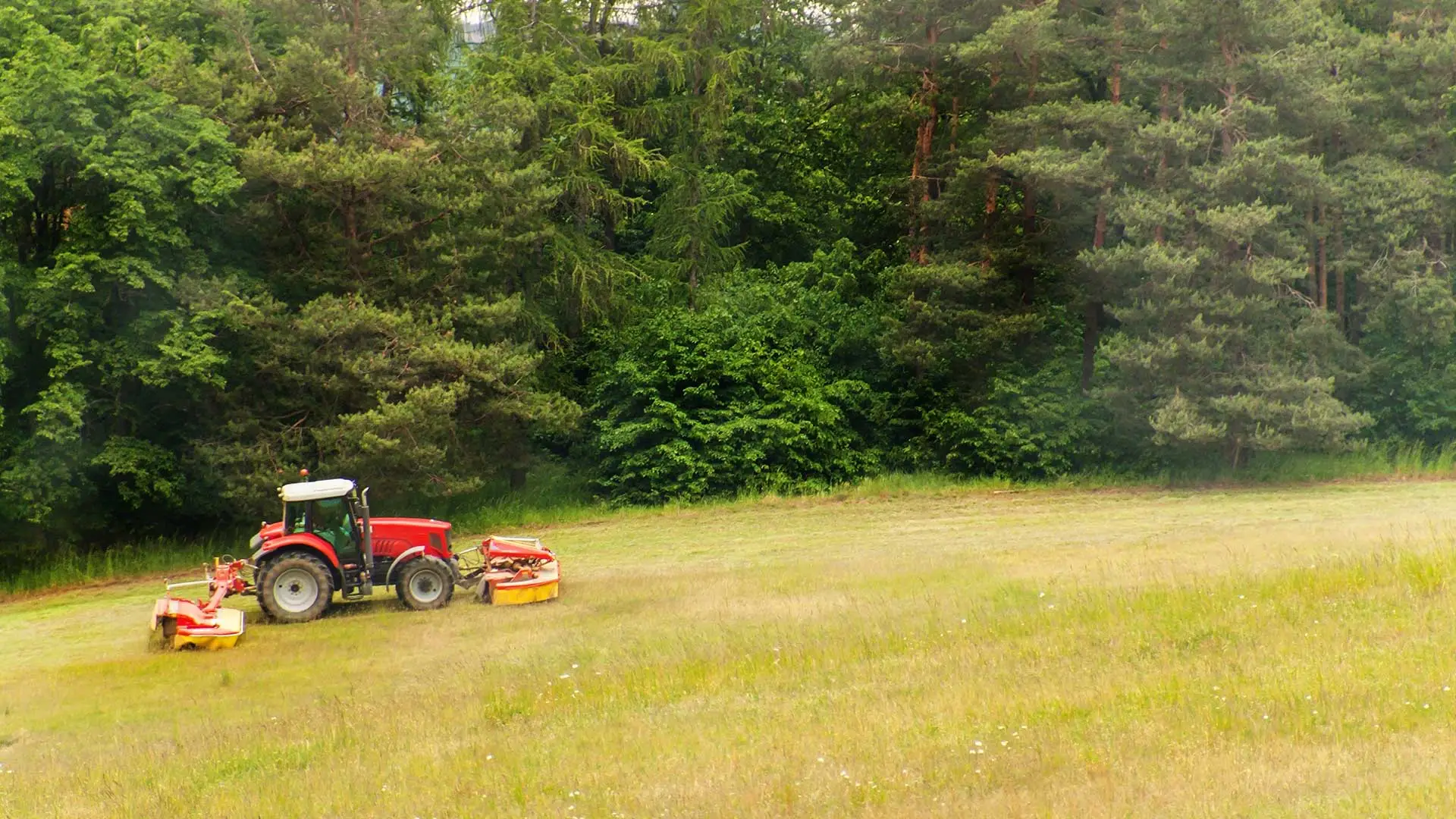Dog owners know all too well that their pups love to pee. When outside, they leave their mark on just about anything and everything, especially if it smells like another dog. If you have a dog, then you probably also have dog urine damage on your lawn. These brown spots are left by nitrogen-rich urine. While a small amount shouldn’t hurt your lawn, the amount collected over time can do some damage. If your dog has a certain spot to make daily deposits, these are most likely where you’ll start to see the grass turn brown.
How to Reduce Urine Damage
There are ways to prevent your grass from getting burned by Spot’s bathroom breaks. Some options require more attention to your dog’s diet and daily habits:
- Dogs that drink more water will have less concentrated nitrogen in their urine. This means less damage to your lawn and a healthier pup.
- Look into different dietary supplements. Ask your vet about what you can add to your dog’s food that will help bind with the nitrogen in the urine.
- Train your dog to go in one area. This limits the grass damage, or saves the whole yard if you can find a good spot with no grass at all.
Other options focus more on the lawn itself:
- Don’t fertilize the areas of your lawn where your dog tends to urinate. Between the nitrogen in the fertilizer and urine, it may be too much for your lawn to handle.
- Spray water on the areas your dog urinates. This dilutes the deposit and decreases the nitrogen burn.
- Plant urine-resistant grass. Certain types of grass, like ryegrass and fescue, aren’t as sensitive to the nitrogen in the urine as other types, like Kentucky Bluegrass.
Treating Dog Urine Damage on Your Lawn
Once the damage is done, you can apply a lawn repair treatment to help bring your grass back to life. Some products contain organic enzymes that cleanse the soil by flushing out the salts from the grass roots. Make sure the products you use are safe to use around animals or keep your dog off the lawn for as long as necessary.




Comments (0)
Thanks for your comment!
Thanks for your feedback! Your comments have been successfully submitted! Please note, all comments require admin approval prior to display.
Error submitting comment!
There is a problem with your comment, please see below and try again.